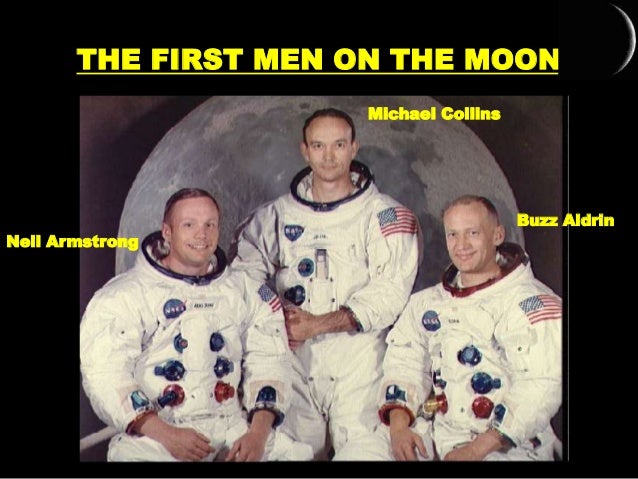
If you have ever been to the Science Museum in London, you will know that the lunar module was basically made of tinfoil. By the mid-60s, Nasa was consuming more than 4% of the US federal budget, but while the Soviets were achieving more firsts – the first woman in space (1963), the first extra-vehicular activity, ie spacewalk (1965) – the Americans experienced various setbacks, including a launchpad fire that killed all three Apollo 1 astronauts. Nasa was founded in 1958 and managed to launch Alan Shepard into space in May 1961 – but when John F Kennedy announced that the US “should commit itself to achieve the goal, before this decade is out, of landing a man on the moon and returning him safely to the Earth”, it seemed a stretch. When the Soviets launched Sputnik 1 in October 1957 (followed one month later by Sputnik 2, containing Laika the dog), the US space programme was all but non-existent.

“But as of 1969, we could suddenly perform manned flight upon manned flight? With complete success? It’s just against all statistical odds.” “It’s well documented that Nasa was often badly managed and had poor quality control,” he told Wired in 1994.
#First man on the moon video tv#
Yet until his death in 2005, Kaysing maintained that the whole thing was a fraud, filmed in a TV studio. People who know what they are talking about have wasted hours explaining such “anomalies” (they are to do with, respectively, camera-exposure times, the way thrust works in a vacuum and the reflective qualities of moondust). One is the fact that no stars are visible in the pictures another is the lack of a blast crater under the landing module a third is to do with the way the shadows fall. Kaysing’s original queries are fuelling this.

Moon hoaxism was more prevalent among the young: 21 % of 24- to 35-year-olds agreed that the moon landings were staged, compared with 13% of over-55s. Now, in the age of technology, a lot of young people are now investigating for themselves.” A recent YouGov poll found that one in six British people agreed with the statement: “The moon landings were staged.” Four per cent believed the hoax theory was “definitely true”, 12% that it was “probably true”, with a further 9% registering as don’t knows. Martin Kenny claimed: “In the past, you saw the moon landings and there was no way to check any of it. Last year, the daytime TV show This Morning welcomed a guest who argued that no one could have walked on the moon as the moon is made of light. Photograph: It turns out British people love conspiracy theories, too. Every time something big happens, somebody has a counter-explanation.”īill Kaysing, the man who started the moon-hoax conspiracy.

“And the truth is, Americans love conspiracy theories. “The reality is, the internet has made it possible for people to say whatever the hell they like to a broader number of people than ever before,” sighs Roger Launius, a former chief historian of Nasa. While Kaysing relied on photocopied samizdat to alert the world, now conspiracists have the subreddit r/moonhoax to document how Nasa was “so lazy” it used the same moon rover for Apollo 15, 16 and 17 or how “they have been trolling us for years” or to bring up the fact there is “one thing I can’t get my head around.

A sociology professor in New Jersey was exposed last year for telling his students the landings were fake. The podcast kingpin Joe Rogan is among the doubters. Among 9/11 truthers, anti-vaxxers, chemtrailers, flat-Earthers, Holocaust deniers and Sandy Hook conspiracists, the idea that the moon landings were faked isn’t even a source of anger any more – it is just a given fact. Despite the extraordinary volume of evidence (including 382kg of moon rock collected across six missions corroboration from Russia, Japan and China and images from the Nasa Lunar Reconnaissance Orbiter showing the tracks made by the astronauts in the moondust), belief in the moon-hoax conspiracy has blossomed since 1969.


 0 kommentar(er)
0 kommentar(er)
